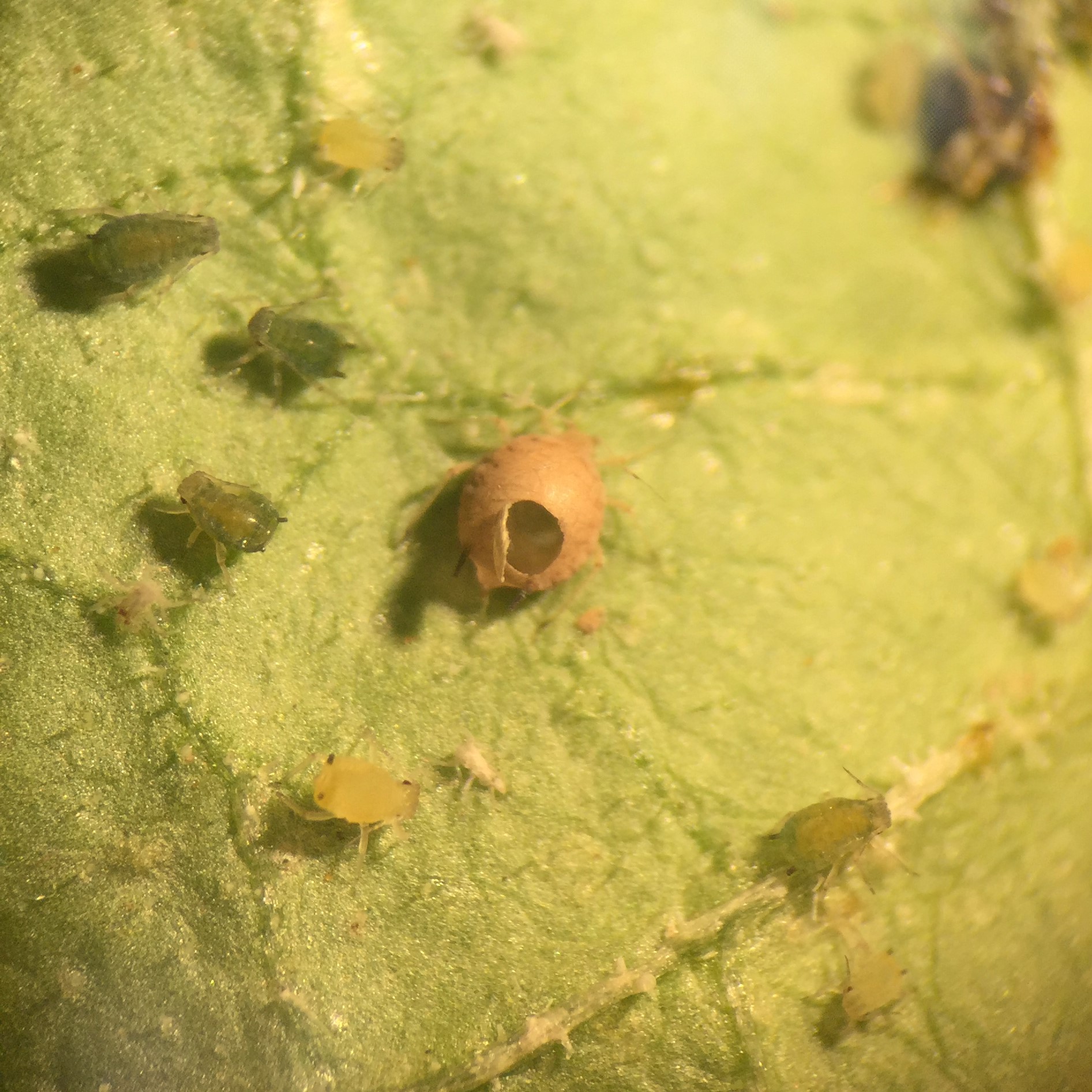8 Easy Facts About Eco Bed Bug Exterminators Dc Explained
8 Easy Facts About Eco Bed Bug Exterminators Dc Explained
Blog Article
Eco Bed Bug Exterminators Dc Things To Know Before You Get This
Table of ContentsFacts About Eco Bed Bug Exterminators Dc RevealedEco Bed Bug Exterminators Dc Can Be Fun For EveryoneLittle Known Facts About Eco Bed Bug Exterminators Dc.Getting The Eco Bed Bug Exterminators Dc To WorkThe 45-Second Trick For Eco Bed Bug Exterminators Dc
Due to the fact that pesticides are poisonous, they are additionally potentially dangerous to people, pets, various other microorganisms, and the setting. Therefore, people who make use of chemicals or frequently been available in call with them should recognize the relative toxicity, possible wellness results, and preventative procedures to minimize exposure to the products they make use of. Threat, or risk, of using pesticides is the potential for injury, or the degree of risk associated with using a chemical under a given collection of problems.
Applicators can reduce or nearly remove exposure-- and thus reduce hazard-- by following the label guidelines, utilizing personal safety apparel and devices (PPE), and taking care of the chemical properly. Even more than 95 percent of all pesticide exposures come from dermal exposure, mostly to the hands and forearms. By wearing a pair of unlined, chemical-resistant gloves, this sort of direct exposure can be virtually gotten rid of.
The dangerous results that happen from a single exposure by any kind of course of access are termed "acute results." The 4 courses of exposure are facial (skin), breathing (lungs), oral (mouth), and the eyes. Severe poisoning is established by examining the dermal poisoning, inhalation poisoning, and dental toxicity of examination pets.
Some Ideas on Eco Bed Bug Exterminators Dc You Need To Know
Acute poisoning is gauged as the quantity or focus of a toxicant-- the a.i.-- called for to eliminate 50 percent of the pets in an examination population. This action is generally expressed as the LD50 (deadly dose 50) or the LC50 (lethal concentration 50). Additionally, the LD50 and LC50 values are based upon a single dose and are recorded in milligrams of chemical per kg of body weight (mg/kg) of the guinea pig or partially per million (ppm).
The reduced the LD50 or LC50 value of a pesticide item, the better its toxicity to people and animals. Chemicals with a high LD50 are the least toxic to humans if used according to the directions on the item tag. The chronic poisoning of a pesticide is determined by subjecting guinea pig to lasting direct exposure to the active ingredient.
The chronic poisoning of a pesticide is much more challenging than acute toxicity to identify via lab evaluation. Products are classified on the basis of their family member acute toxicity (their LD50 or LC50 worths). Chemicals that are categorized as highly harmful (Poisoning Group I) on the basis of either dental, dermal, or inhalation toxicity must have the signal words DANGER and toxin printed in red with a skull and crossbones icon plainly presented on the front panel of the package tag.
The severe (solitary dosage) dental LD50 for chemical items in this team ranges from a trace total up to 50 mg/kg. Exposure of a few drops of a material taken by mouth could be fatal to a 150-pound individual. https://www.tumblr.com/ecobedbug3xt/745403336317173760/established-in-2007-eco-bed-bug-exterminators-dc?source=share. Some pesticide items have simply the signal word risk, which informs you absolutely nothing about the intense poisoning, simply that the product can cause extreme eye damage or serious skin irritability
The Basic Principles Of Eco Bed Bug Exterminators Dc
In this category, the acute oral LD50 arrays from 50 to 500 mg/kg. A tsp to an ounce of this material might be deadly to a 150-pound individual (pest control Washington go to my site DC). Chemical items classified as either slightly harmful or fairly harmless (Toxicity Groups III and IV) are required to have the signal word CAUTION on the pesticide label

All pesticide toxicity valuesPoisoning including the Consisting of, can be found on discovered product's Item Safety Product Sheet InformationMSDS). Pesticide tags and MSDS can be obtained from merchants or manufactures - https://ecobedbug3xt.wixsite.com/my-site-1/post/eco-bed-bug-exterminators-dc-your-trusted-bed-bug-experts. The symptoms of chemical poisoning can range from a light skin irritation to coma or even fatality.
People also differ in their level of sensitivity to different degrees of these chemicals. Some people may reveal no response to an exposure that might cause severe disease in others (exterminator near me). Because of possible health and wellness issues, chemical individuals and handlers need to acknowledge the usual indications and symptoms of chemical poisoning. The results, or symptoms, of chemical poisoning can be extensively specified as either topical or systemic.
8 Easy Facts About Eco Bed Bug Exterminators Dc Explained
Dermatitis, or inflammation of the skin, is accepted as the most typically reported topical effect associated with pesticide exposure. Some individuals tend to cough, hiss, or sneeze when revealed to pesticide sprays.
This sign typically subsides within a few mins after an individual is eliminated from the exposure to the toxic irritant. Nonetheless, a reaction to a chemical item that creates a person not just to sneeze and cough however additionally to establish severe intense breathing symptoms is most likely to be a true hypersensitivity or sensitive response.
Systemic impacts are fairly different from topical effects. They usually happen away from the initial point of call as a result of the chemical being soaked up right into and distributed throughout the body. Systemic impacts commonly consist of queasiness, throwing up, fatigue, headache, and intestinal problems. In sophisticated poisoning instances, the individual might experience modifications in heart rate, trouble breathing, convulsions, and coma, which might cause fatality.
Report this page